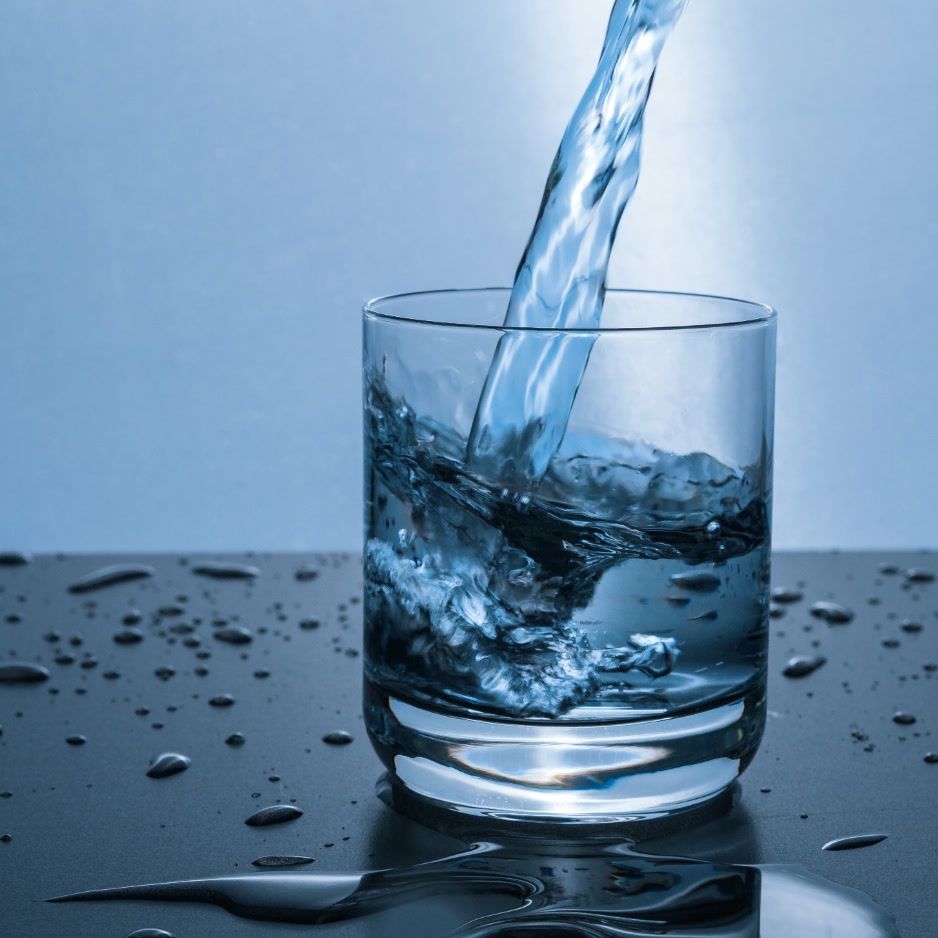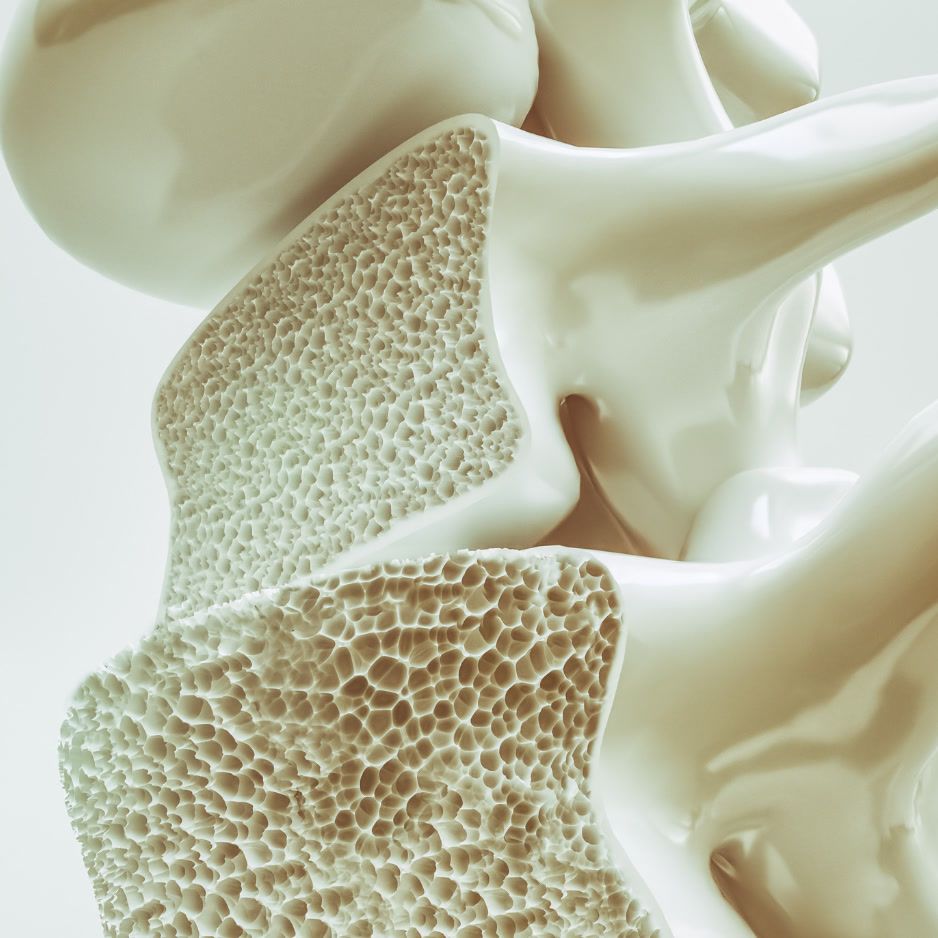Calculating Your Resting Metabolic Rate

Have you ever wondered how many calories your body burns at rest? If you're looking to lose weight, maintain your current weight, or gain muscle, calculating your resting metabolic rate (RMR) can give you valuable insights into how to tailor your diet and lifestyle choices to achieve your goals. In this article, we'll explore what RMR is, how it's calculated, and what factors can influence your RMR.
Get weekly updates.
Understanding Resting Metabolic Rate (RMR)
Your RMR is the number of calories your body burns at rest, without any physical activity. Even when you're sleeping or sitting on the couch, your body needs energy to breathe, circulate blood and maintain your internal organs. Your RMR accounts for up to 75% of your total daily energy expenditure (TDEE), making it a significant factor in your overall calorie needs.
What is Resting Metabolic Rate?
RMR refers to the number of calories your body needs to function at rest, without any added physical activity or digestion. It includes essential processes like breathing, heart rate, body temperature regulation, hormone production, and cell repair.
Factors Affecting Resting Metabolic Rate
RMR can be influenced by several factors, including age, gender, body composition, genetics, diet, exercise habits, and hormones. These factors can affect the number of calories your body needs to perform its essential functions at rest.
Age is a significant factor that affects RMR. As you age, your body's muscle mass decreases, which slows down your metabolism. This means that your RMR decreases, and you burn fewer calories at rest.
Gender also plays a role in RMR. Men typically have a higher RMR than women because they have more muscle mass and less body fat. Muscle burns more calories than fat, which means that men can burn more calories at rest than women.
Body composition is another factor that affects RMR. People with more muscle mass have a higher RMR because muscle burns more calories than fat. This means that if you increase your muscle mass through strength training, you can increase your RMR and burn more calories at rest.
Genetics can also play a role in RMR. Some people are born with a higher RMR than others, which means they burn more calories at rest. However, genetics is not the only factor that determines RMR, and lifestyle habits can also influence it.
Diet and exercise habits can also affect RMR. If you eat a diet that is high in protein and fiber, you can increase your RMR because these nutrients require more energy to digest. Exercise can also increase your RMR because it can increase your muscle mass and improve your body's ability to burn calories at rest.
The Importance of Knowing Your RMR
Knowing your RMR can help you determine how many calories you should eat to maintain your current weight, lose weight or gain muscle. Your RMR helps you understand your TDEE (total daily energy expenditure), or how many calories you burn in a day (including your body's processes and exercise). If you eat more calories than your TDEE, you'll gain weight, whereas if you eat fewer calories, you'll lose weight. Understanding your RMR can help you make informed decisions about your diet and exercise habits to achieve your health goals.
For example, if you want to lose weight, you can calculate your RMR, TDEE, and then create a calorie deficit by eating fewer calories than your TDEE and increasing your physical activity. By doing this, you can create a calorie deficit, which can lead to weight loss over time.
In conclusion, understanding your RMR is an essential factor in achieving your health goals. By knowing your RMR, you can make informed decisions about your diet and exercise habits, which can help you maintain a healthy weight, improve your overall health and achieve your fitness goals.
Factors That Can Influence Your RMR
Several factors can influence your RMR, including:
Age and Gender
As you age, your RMR tends to decline due to muscle loss and a decrease in physical activity. Women also tend to have a lower RMR than men due to differences in body composition and hormonal factors.
It is important to note that while age and gender can affect your RMR, there are steps you can take to mitigate these effects. For example, incorporating strength training into your exercise routine can help preserve muscle mass and prevent age-related declines in RMR.
Body Composition
Body composition, specifically the amount of muscle versus fat, can affect your RMR. Muscle tissue is more metabolically active than fat tissue, meaning it burns more calories at rest. While it may be tempting to focus solely on losing weight, it is important to prioritize building and maintaining muscle mass in order to optimize your RMR. This can be achieved through strength training exercises and a balanced diet.
Diet and Nutrition
Eating a healthy diet can help optimize your RMR. A balanced diet that includes protein, complex carbs, and healthy fats can help boost metabolism and preserve muscle mass.
Additionally, certain foods and nutrients have been shown to have a specific impact on RMR. For example, consuming caffeine and spicy foods can temporarily increase RMR, while consuming adequate amounts of iron and calcium can help maintain a healthy metabolism.
Physical Activity and Exercise
Regular exercise can help increase your RMR by building muscle mass and increasing calorie burn during and after exercise. It is important to note that the type and intensity of exercise can also impact your RMR. High-intensity interval training (HIIT) has been shown to increase RMR more than steady-state cardio, while resistance training has been shown to have a longer-lasting effect on RMR.
Hormonal Factors
Hormones like thyroid hormones, insulin, and cortisol can affect your RMR. Certain medical conditions or medications can also influence RMR.
If you suspect that hormonal factors may be impacting your RMR, it is important to speak with a healthcare provider. They can help diagnose any underlying conditions and provide guidance on how to optimize your metabolism.
Methods for Calculating Resting Metabolic Rate
Resting metabolic rate (RMR) is the amount of energy that your body requires to function while at rest. Knowing your RMR can help you determine the number of calories you need to consume in a day to maintain, gain or lose weight. There are several methods for calculating RMR, including the Mifflin-St Jeor equation, the Harris-Benedict equation, the Katch-McArdle formula, and direct/indirect calorimetry.
The Mifflin-St Jeor Equation
The Mifflin-St Jeor equation is one of the most accurate methods for calculating RMR and is based on age, gender, height and weight. The formula is as follows:
RMR (Men) = (10 x weight in kg) + (6.25 x height in cm) - (5 x age) + 5
RMR (Women) = (10 x weight in kg) + (6.25 x height in cm) - (5 x age) - 161
For example, a 30-year-old woman who is 5'5" and weighs 150 pounds would have an RMR of approximately 1365 calories per day.
The Harris-Benedict Equation
The Harris-Benedict equation is based on age, gender, weight and height and is commonly used to calculate RMR in clinical settings. The equation is as follows:
RMR (Men) = 88.36 + (13.4 x weight in kg) + (4.8 x height in cm) - (5.7 x age)
RMR (Women) = 447.6 + (9.2 x weight in kg) + (3.1 x height in cm) - (4.3 x age)
Using this formula, a 40-year-old man who is 6'0" and weighs 180 pounds would have an RMR of approximately 1730 calories per day.
Katch-McArdle Formula
The Katch-McArdle formula is based on lean body mass (LBM) and is more accurate for people with higher levels of muscle mass. The equation is as follows:
RMR = 370 + (21.6 x LBM in kg)
To calculate LBM, you can subtract your body fat percentage from your total body weight. For example, a person who weighs 160 pounds and has a body fat percentage of 20% would have an RMR of 1624.
Direct and Indirect Calorimetry
Direct and indirect calorimetry are more advanced methods for measuring RMR, involving the use of special equipment to measure the amount of oxygen consumed and carbon dioxide produced by the body. While these methods are the most accurate, they are costly and usually only used in research or clinical settings. Direct calorimetry involves measuring the heat produced by the body, while indirect calorimetry involves measuring the amount of oxygen consumed and carbon dioxide produced by the body.
It's important to note that while these formulas can provide estimates of RMR, they are not 100% accurate and may vary depending on factors such as genetics, body composition and physical activity level. Consulting with a registered dietitian or healthcare professional can help determine the best method for calculating your RMR and developing a personalized nutrition plan.
How to Measure Your Resting Metabolic Rate Accurately
Resting Metabolic Rate (RMR) is the number of calories your body burns at rest to perform essential functions such as breathing and circulating blood. Measuring your RMR accurately can help you determine the number of calories you need to maintain your weight, lose weight or gain weight.
There are several methods for measuring RMR, including lab-based tests and at-home devices. Here's how to get an accurate measurement of your RMR:
Preparing for an RMR Test
Before your RMR test, it's important to fast for at least 4 hours and avoid caffeine, alcohol, and intense physical activity for 24 hours. You should also avoid smoking and chewing gum. This is because these activities can affect your metabolism and give inaccurate results.
It's also important to wear comfortable clothing and avoid wearing any jewelry or accessories that may interfere with the test. It's recommended to schedule your test in the morning, as RMR tends to be higher in the morning and decreases throughout the day.
Conducting the Test
The most accurate way to measure RMR is to conduct lab-based tests, such as indirect calorimetry or gas analysis. These tests measure the amount of oxygen you consume and the amount of carbon dioxide you produce to determine your RMR.
However, at-home devices such as handheld metabolic analyzers and wearable fitness trackers can provide reasonable estimates of your RMR. These devices use algorithms based on your age, gender, height, weight, and activity level to calculate your RMR.
It's important to note that at-home devices may not be as accurate as lab-based tests and may have a margin of error. It's recommended to use these devices as a general guide and not rely solely on their results.
Interpreting the Results
Your RMR measurement will give you an estimate of the number of calories your body needs to perform its essential functions at rest. Once you know your RMR, you can use it to determine your total daily energy expenditure (TDEE) by adding the calories you burn through physical activity and digestion.
If your goal is to lose weight, you can create a calorie deficit by consuming fewer calories than your TDEE. If your goal is to gain weight, you can create a calorie surplus by consuming more calories than your TDEE. If your goal is to maintain your weight, you can consume the same number of calories as your TDEE.
In conclusion, measuring your RMR accurately can provide valuable information about your body's metabolism and help you achieve your health and fitness goals. Whether you choose to conduct a lab-based test or use an at-home device, following the preparation guidelines and interpreting the results correctly is crucial for accurate measurements.
In conclusion, calculating your RMR can be an important tool for achieving your health and fitness goals. By understanding your RMR and the factors that can influence it, you can tailor your diet and lifestyle choices to optimize calorie burn and achieve the results you're looking for.


